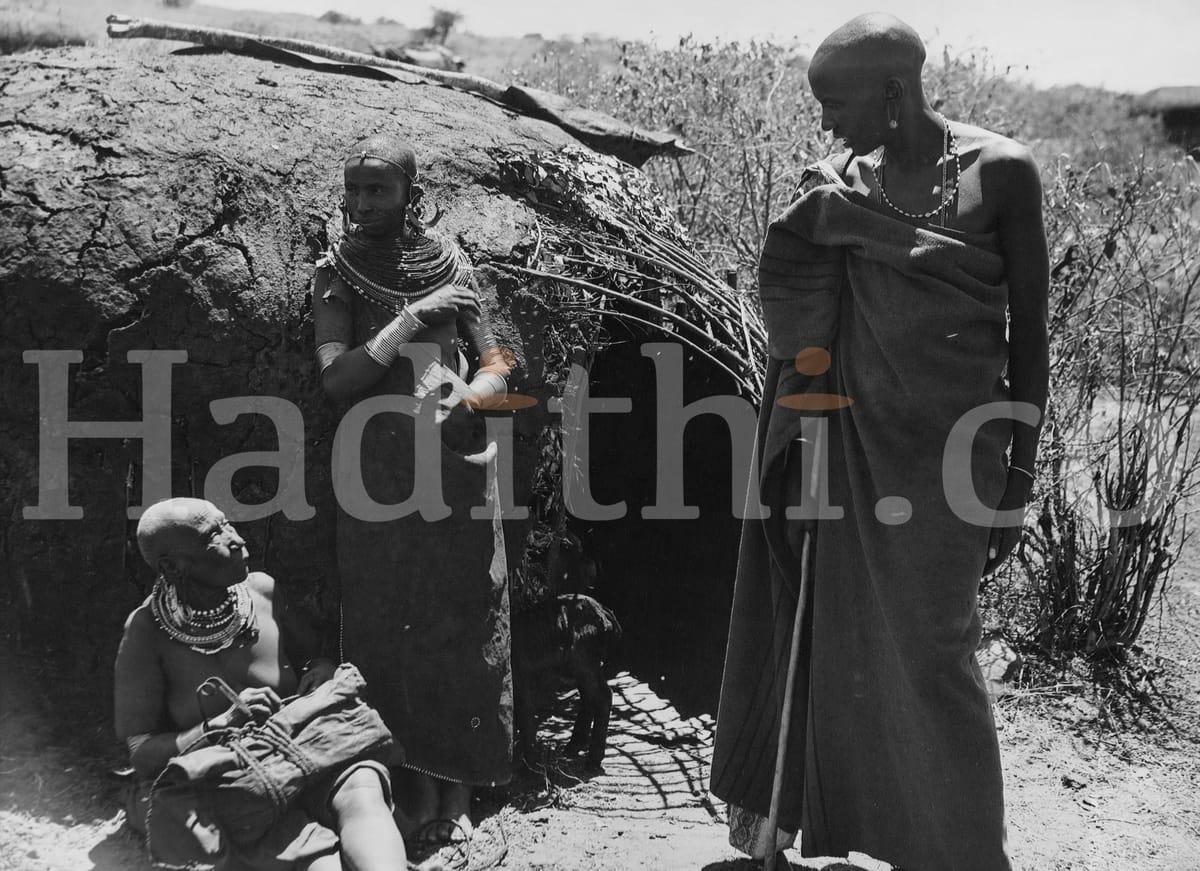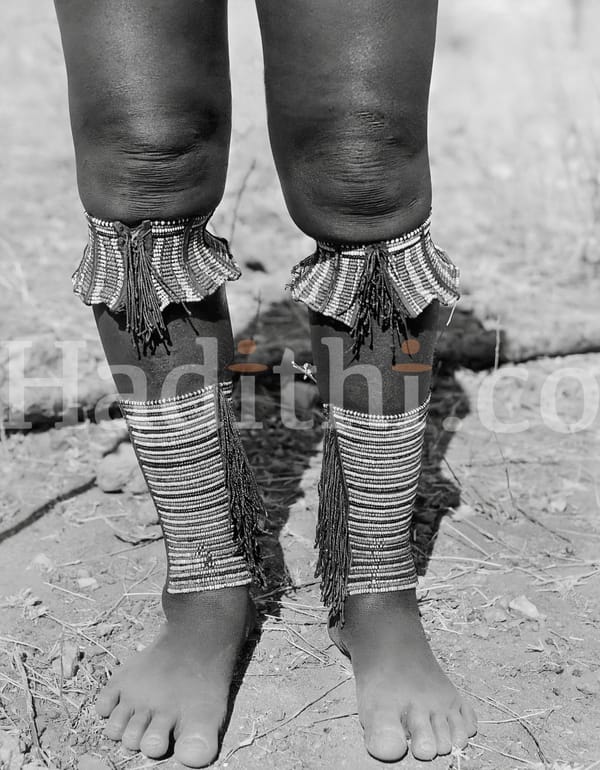The Vibrant Traditional Dress of the Samburu People

The Samburu people of northern Kenya are renowned for their striking traditional attire, which serves as a vivid expression of their cultural identity. This article delves into the intricacies of Samburu dress, exploring the meanings behind colors and patterns, the significance of garments for both men and women, and the artistry involved in creating these beautiful pieces.
A Cultural Heritage Woven in Color
The Importance of Traditional Dress
For the Samburu, traditional dress is more than mere clothing; it is a powerful symbol of identity, pride, and heritage. Each garment tells a story, reflecting the wearer’s social status, age, marital status, and personal achievements. In a society where community and kinship are paramount, these symbols play a crucial role in social interactions and cultural continuity.
Color Significance
Colors in Samburu clothing are not random; they carry profound meanings:
- Red: A symbol of bravery and strength, often associated with warriors.
- Blue: Represents the sky and water, vital elements for survival in the arid landscape.
- Yellow and Green: Symbolize wealth and fertility, reflecting the importance of livestock and agricultural success.
These colors are often combined in intricate patterns, each unique to the wearer, which allows for personal expression within the framework of cultural tradition.
Male Attire: The Shuka and Its Significance
The Shuka
Men typically wear a shuka, a traditional garment made from a large piece of brightly colored fabric, usually wrapped around the body. The shuka is versatile, serving as a cloak against the elements, a blanket for warmth, or even a makeshift bag for carrying items.
Adornments
Men embellish their shuka with beads and ornaments, especially during ceremonies and special occasions. These adornments can signify the man’s age group or status within the community. The more elaborate the decorations, the higher the social standing of the individual.
Warrior Identity
For the Samburu, a man’s attire often reflects his status as a warrior. During initiation rites, young men don special attire that distinguishes them as warriors, marking their transition from boyhood to manhood. These garments serve as a badge of honor, solidifying their role as protectors of the community.
Female Attire: Beaded Jewelry and Skirts
The Role of Beadwork
Women’s traditional dress is characterized by intricate beadwork that can weigh several pounds. This jewelry is not only decorative but also serves as an essential part of a woman’s identity. The patterns and colors of the beads can indicate her marital status, age, and even her family's wealth.
Skirts and Blouses
Women typically wear a long, colorful skirt, often paired with a matching blouse or shawl. The skirts are usually made from brightly colored fabric, skillfully adorned with beads and embroidery. These garments highlight femininity and grace, while also allowing for mobility during daily activities.
Symbol of Resilience
The elaborate designs and vibrant colors of women’s attire are a reflection of their strength and resilience. The time and effort spent on creating and maintaining these garments signify dedication to cultural heritage and family.
The Artistry Behind the Garments
Craftsmanship
The creation of traditional Samburu attire is a labor-intensive process requiring skill and artistry. Women often engage in communal beadwork, passing down techniques and designs through generations. This cooperative effort strengthens community bonds and ensures the continuity of cultural practices.
Modern Influences and Adaptations
While the Samburu people remain deeply rooted in tradition, modern influences have begun to shape their attire. Some Samburu now incorporate contemporary fabrics and styles into their traditional dress, blending old and new in a way that reflects their dynamic culture.
Conclusion
The traditional dress of the Samburu people is a vivid tapestry woven with meaning, history, and artistry. Each garment tells a story, reflecting the wearer’s identity and the richness of Samburu culture. By understanding the significance behind the colors, patterns, and craftsmanship, we gain insight into a community that values resilience, pride, and heritage. As the Samburu navigate the complexities of modern life, their traditional attire remains a powerful symbol of cultural continuity, celebrating the past while embracing the future.




